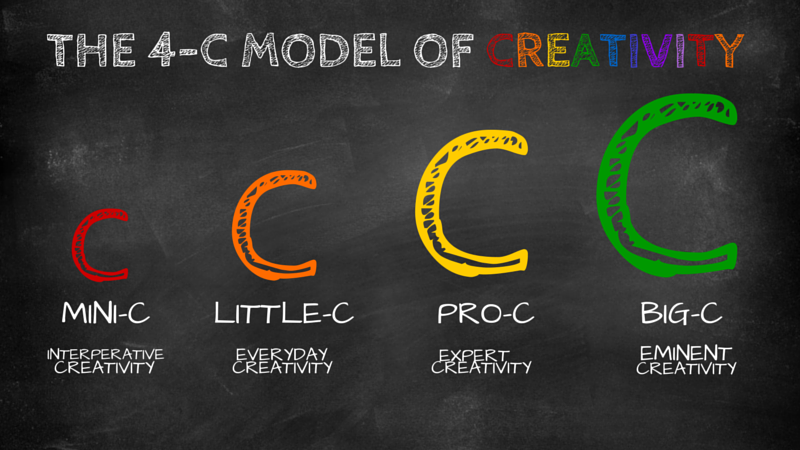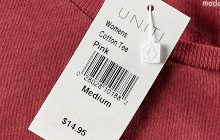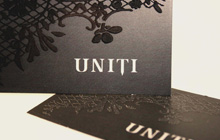
Branding your business is more than your logo and the colors you use on your sign—it’s also about typography. If the font design on your marketing materials is well done, it will be appealing, eye-catching and inspire your customers to act.
But if the typography is poorly done, it’s a different story. In a study called Measuring the Aesthetics of Reading, sponsored by Microsoft, researchers found that bad typography caused the muscles responsible for frowning to activate in readers.
Another study showed that bad typography causes eyestrain. That’s certainly not the best way to introduce yourself to customers!
What is Typography?
If the term typography is causing you to draw a blank, the dictionary definition is simply “the style and appearance of printed matter.” Typography is not only the font, but also how the fonts are arranged.
3 Typography Tips for Branding Your Business
An aesthetically pleasing font does more than just please the eye. Good typography is what makes your marketing materials look professional. A few tips to get the most out of your business’s typography:
Typography Tip #1: Reflect Your Personality
The world’s top brands have typography that reflects their business’s style. Look at Apple. The corporation’s clean, careful use of a font called Myriad reflects everything about the brand, from Apple’s sleek glass storefronts to the minimalism styling of its laptops.
Typography Tip #2: Be Consistent
You’ll want your typography to be consistent across the board, from your signage to your vehicle wrap. Like your brand logo, using the same typography makes your brand more identifiable.
Typography Tip #3: Do Combinations Right
This part can be tricky and is best left to a professional graphic designer. Combining two different fonts is a wonderful way to make the benefits of your business stand out. However, the two combinations should complement each other and not compete.
Even subtle differences in typography can have a big impact on the way customers view your brand. Typography is just as important as the use of color, images and graphics used in creating your brand.
Creative Services Department at ProLabel Phactory
Provides creative services for corporate and brand identity work as well as full development of printed and digital matter, through consistent management, careful attention to detail, and consideration for each project’s requirements and context. ProLabel is also responsible for the development of online and offline applications, including the design and coding of all blogs, and design and production of customized applications (APPS), promotional materials and supporting identities.
If you’re searching for a graphic designer in South Florida to design and create your marketing materials, choose ProLabel Phactory! We have 20 years of experience and can ensure your 100% satisfaction. To find out more about our graphic designers, contact us at 305-620-2202.
Posted by Pro Label on Tuesday, March 31, 2015
















